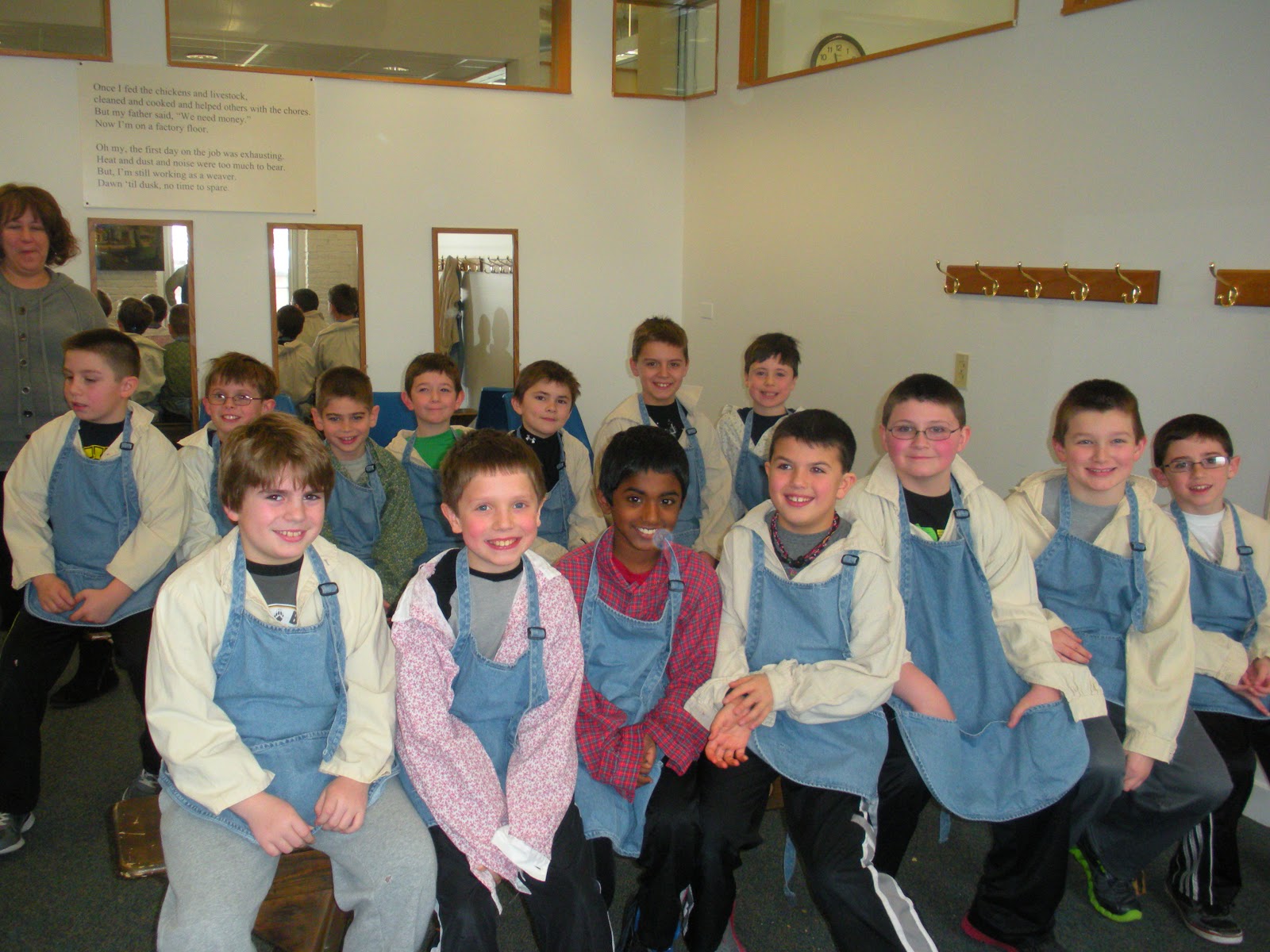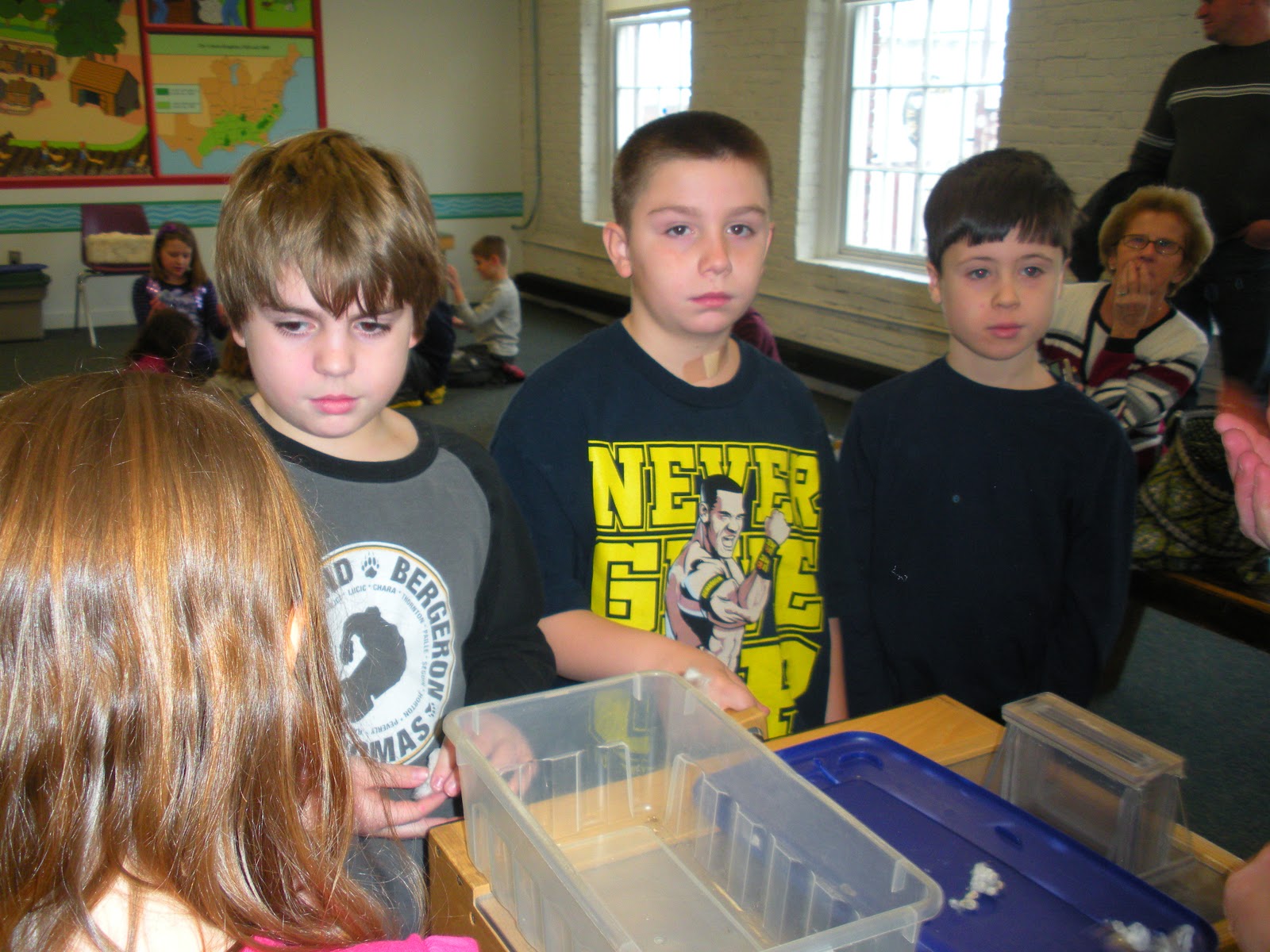Massachusetts is one of 43 states who have adopted the Common Core State Standards (CCSS) to guide and shape curriculum, teaching and learning. Our new report card was developed using the Common Core State Standards and reflect what we are teaching and children are expected to be learning in each grade. The CCSS were developed by the Council of Chief State School Officers and the National Governors Association of Best Practices in partnership with a wide variety of educators and parents. Massachusetts was a leader and a key participant in developing CCSS due to the fact that Massachusetts has some of the most rigorous learning standards in the United States since Educational Reform Act in 1990. Many of Massachusetts past educational learning standards are integrated into the CCSS, however, there are some key and important changes in the new CCSS. First, the CCSS has established higher reading expectations and benchmarks by expecting students to be more proficient in reading books with increased text complexity. Second, CCSS expect and require students to engage more with informational text (50% by Grade 4) and write about information obtained from non-fiction text with increased understanding and proficiency. Third, CCSS expect and require students to master fewer math concepts but expect students to manipulate numbers mentally to engage in math reasoning by explaining their understanding of numbers and math in writing. Writing about math and how to solve math problems requires deep understanding of math concepts and their relationship to each other.
Below is an excellent video created in New York City Public Schools that summarizes some of the important components in the CCSS along with how teachers are adjusting and adapting their teaching to meet the demands of the CCSS. New York is also an adopter of the CCSS.

















































